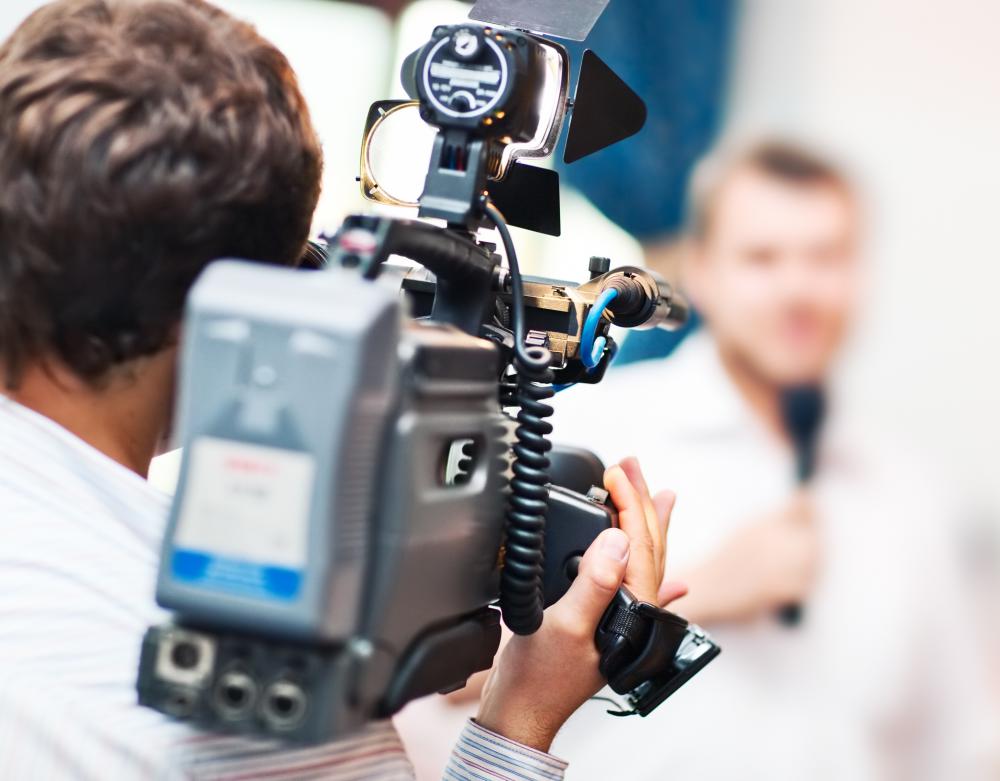At WiseGEEK, we're committed to delivering accurate, trustworthy information. Our expert-authored content is rigorously fact-checked and sourced from credible authorities. Discover how we uphold the highest standards in providing you with reliable knowledge.
What Are the Different Types of Cable Advertising Costs?
Most cable advertising costs fall into two main categories: production and airing. Production refers to filming the commercial or ad, which includes such costs as talent fees and payment for script development. Airing refers to the actual purchase of on-air time, which can be affected by such factors as length of the spot and the time of day at which it airs.
Some cable companies roll the cost of producing a commercial, often called a "spot," into the overall price of the cable advertising package. Most, however, provide these services at an additional cost. Advertisers might also opt to produce their own spots, negotiate their own contracts, and pay the fees directly to the service providers.

Common production costs include writing a script, paying for music if any is used, and selecting talent. Some businesses opt to write their own scripts and provide their own actors while others choose to hire professionals. A business that uses professional writers and actors to develop its spots must take into consideration any association or guild fees and the cost of craft services — proving food for the cast and crew during filming — and roll those fees into its cable advertising costs.

Advertisers must also pay a film crew, which could include a camera operator, lighting director, and sound director. If the filming occurs at a location other than a property owned by the advertiser, location fees may also be incurred. Once the spot is filmed, the advertiser must pay an editor to create the final product and convert the files to the proper format so the spot will air properly. All of these subcontractors add to the overall cable advertising costs.
Paying for air time is the other major cost associated with cable advertising. Air time rates vary based on a number of factors. The length of the spot, the time of day in which it runs, and the shows during which it airs are the prime cost factors.
Another major factor in airtime-related cable advertising costs is frequency. Frequency refers to the number of times a spot runs over a specified period of time. Many cable advertisers offer frequency discounts. Standard packages are often available with discounts built in, but most cable companies will also offer customized solutions.
Occasionally, other factors may affect cable advertising costs. If the cable company owns other media outlets, such as an Internet presence or a print publication, package discounts might allow advertisers to take advantage of multiple media outlets. Additionally, if the spot offers customers a discount for mentioning the ad, the advertiser will need to figure the cost of those discounts into his budget as well.
AS FEATURED ON:
AS FEATURED ON:












Discuss this Article
Post your comments